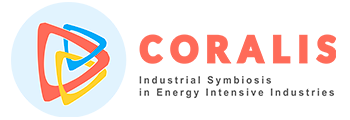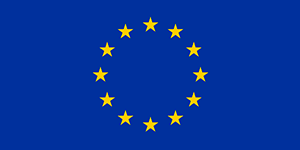Publishable summary: Industrial Symbiosis faces technical, managerial, and economic barriers to their implementation. IS vary depending on the regions and the co-location of industries there and the presence of specific material flows. Furthermore, demand for certain material flows (recycled waste or by product) may also differ per region, depending on which application is most desirable from an economic and environmental perspective.
To make such interactions possible, Industrial Symbiosis cases of the CORALIS project, have made use of a variety of technologies making it possible to: process outgoing material flows from one company and make them ready to be taken and used by another company, share necessary data without compromising the compliance requirements and assess and share benefits among the parties involved etc. In combination with the mentioned technical solutions, the CORALIS project has explored new assessments to enrich and apply business models, good practices to overcome regulatory barriers, managerial strategies and cooperative frameworks. All in all, the 3 lighthouses have actively contributed to jointly improve their TRL, MRL and ERLs, and the lighthouses have learnt and design their strategies of the future around these three interconnected elements.
On the other hand, one of the key elements which makes the CORALIS project a reference is the importance of the facilitators in each demonstration case. Facilitators are neutral towards all the participating organisations and observe the common advantage created by all and ensure a fair distribution of profits. They are also familiar with the regional specifics, with the technological state-of-the-art. They have supported to overcome barriers and effectively foster the design of innovative projects and involve the right stakeholders in the right way. To this end, a lot of resources, methods, experiences and lessons learnt have been reported, documented and validated along the four and a half years of the CORALIS project.
This deliverable describes the methodology to use all the materials and resources developed along the execution of the project, such as, best practices, database for evaluated tools, new calculations ‘methods to assess material flows with potential to become feedstocks, supporting material to collaborate with the regional facilitators, lessons learnt, gap analysis for tools and technologies, etc. The outcome is massive and very rich. However, in order to reach out and spread the experience and all the knowledge of CORALIS, a structure, holistic and overarching analysis of the material generated is required. The activity described in this document illustrates and guides the IS practitioners about how, when and what to use in view to their expertise, experience and priorities. The methodology presented in this report results in summary the sum of all the assets generated in the project structured, guided, summarised and presented to support existing and new IS cases, regardless of the maturity stage they might be, from incubation phases to monitoring and control of fully operational IS cases.
To read the full document, click here.


